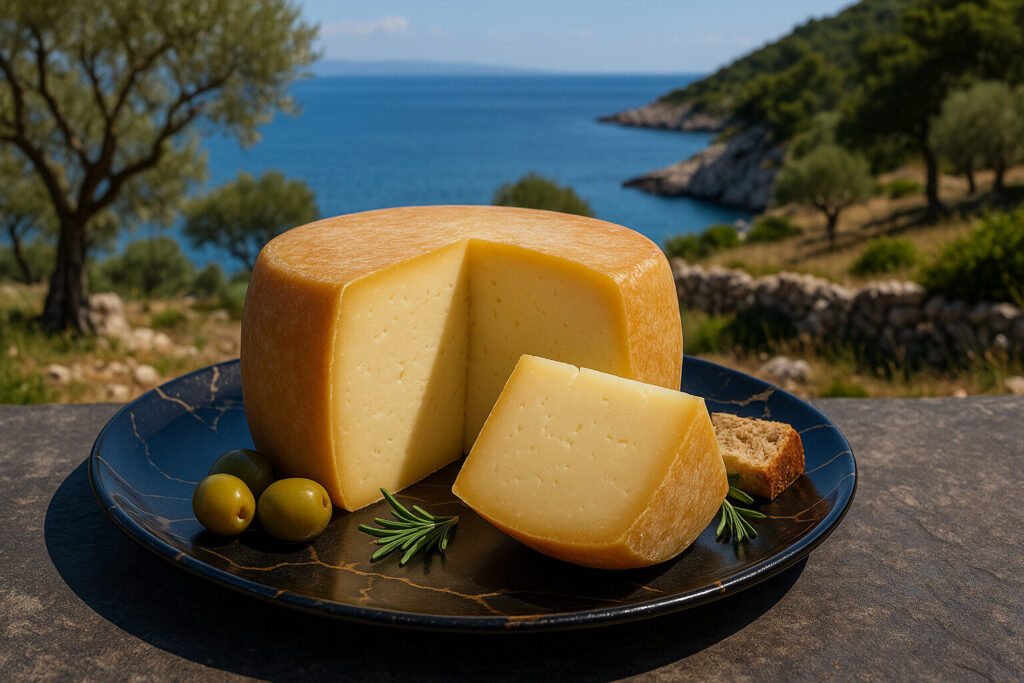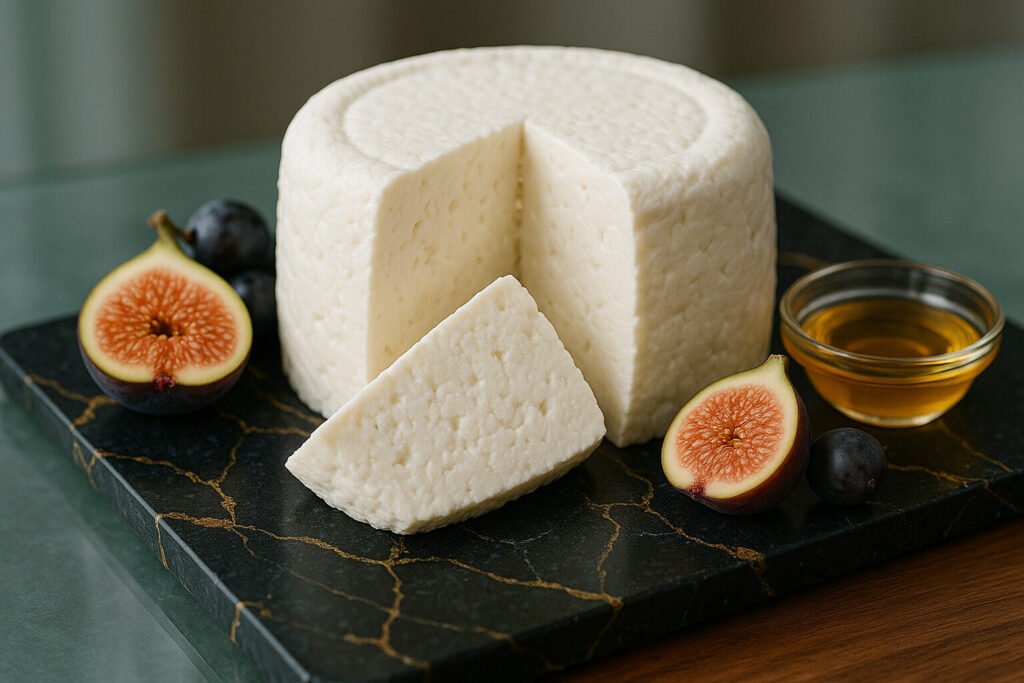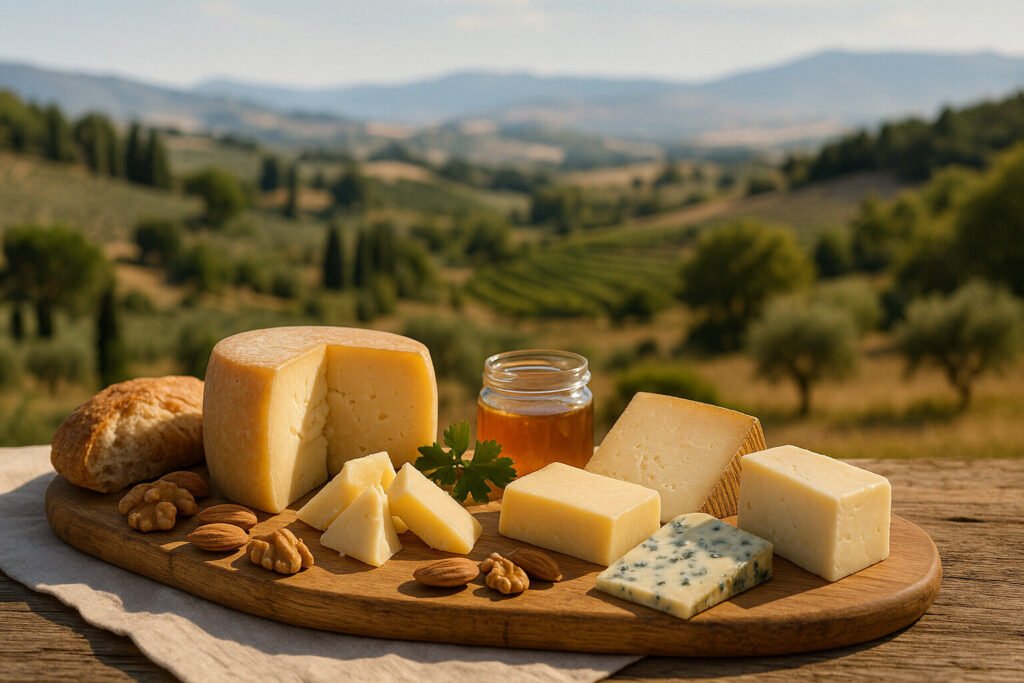Cheese Of The Mediterranean
Defining Mediterranean Cheese
Mediterranean cheese refers to dairy products originating from countries bordering the Mediterranean Sea. This category encompasses diverse styles shaped by local climates, traditions, and animal breeds. Cheeses from this region often utilize sheep’s or goat’s milk, reflecting pastoral practices.
The scope includes fresh, brined, and aged varieties with distinct regional identities. These cheeses share historical trade route influences and adaptation to warm climates. They represent a significant segment of global cheese taxonomy with protected designations of origin.
Production Techniques
Traditional Mediterranean cheesemaking favors raw milk and natural rennet from artichokes or thistles. Many varieties undergo brining in salt water solutions, which preserves and flavors the cheese. This technique creates characteristic moist textures and salty profiles.
Production often occurs in small batches using methods passed through generations. Aging happens in cool caves or cellars to control humidity and temperature. These techniques yield cheeses with robust flavors and historical authenticity.
Sensory Characteristics
Mediterranean cheeses typically present salty, tangy flavor profiles with earthy undertones. Texture ranges from crumbly and dry to soft and moist depending on aging. Many varieties develop crystalline crunch from amino acid clusters during maturation.
These cheeses often carry herbaceous or floral notes from animal diets of wild grasses. Their aromas can be barnyard-adjacent with pleasant sharpness. The sensory experience reflects terroir through distinctive mineral and lactic qualities.
Culinary Applications
Mediterranean cheeses serve essential roles in regional cuisines as table cheeses and ingredients. They crumble over salads, melt into sauces, or grill as saganaki. Their saltiness enhances vegetable dishes and balances sweet fruits.
These cheeses pair excellently with olives, tomatoes, and flatbreads in traditional meze. They complement robust red wines and crisp whites alike. Their versatility extends from simple snacks to complex baked dishes.
Regional Examples
Greece produces feta, a brined sheep’s milk cheese with crumbly texture. Italy contributes Pecorino Romano, a hard sheep’s milk cheese for grating. France offers Roquefort, a blue cheese aged in Combalou caves.
Spain makes Manchego from sheep’s milk with distinctive zigzag rind patterns. Turkey produces beyaz peynir, a salty brined cheese similar to feta. Cyprus created halloumi, unique for its high melting point ideal for grilling.



